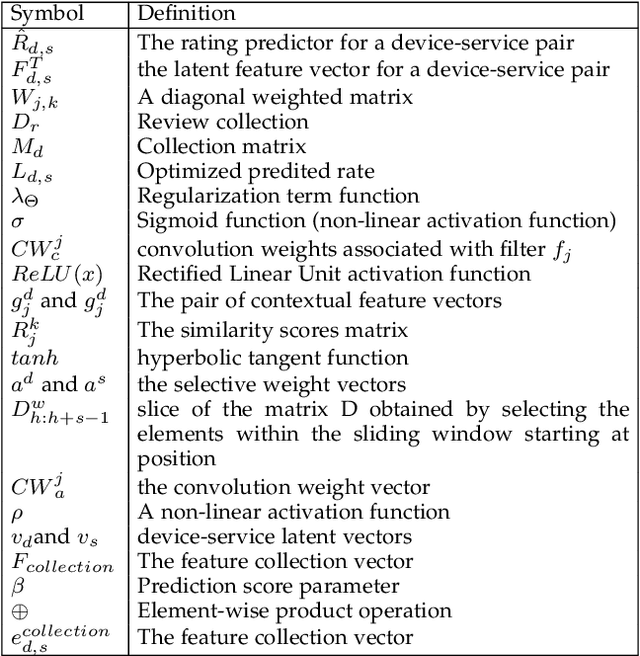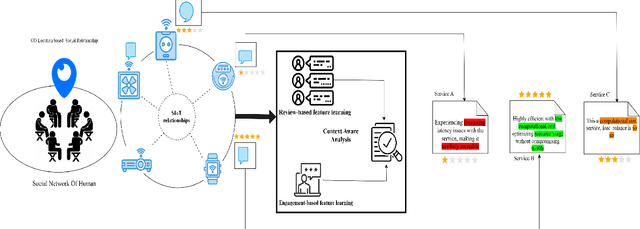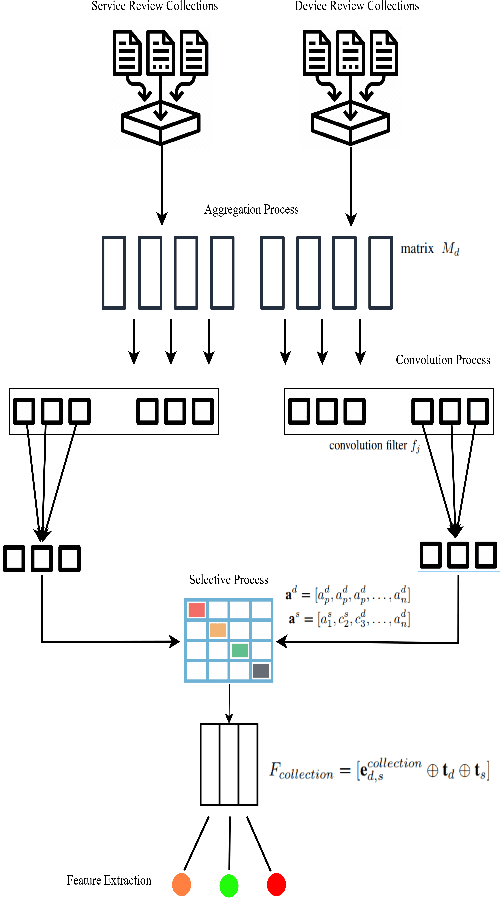Amar Khelloufi
Maximizing UAV Fog Deployment Efficiency for Critical Rescue Operations
Feb 25, 2024



Abstract:In disaster scenarios and high-stakes rescue operations, integrating Unmanned Aerial Vehicles (UAVs) as fog nodes has become crucial. This integration ensures a smooth connection between affected populations and essential health monitoring devices, supported by the Internet of Things (IoT). Integrating UAVs in such environments is inherently challenging, where the primary objectives involve maximizing network connectivity and coverage while extending the network's lifetime through energy-efficient strategies to serve the maximum number of affected individuals. In this paper, We propose a novel model centred around dynamic UAV-based fog deployment that optimizes the system's adaptability and operational efficacy within the afflicted areas. First, we decomposed the problem into two subproblems. Connectivity and coverage subproblem, and network lifespan optimization subproblem. We shape our UAV fog deployment problem as a uni-objective optimization and introduce a specialized UAV fog deployment algorithm tailored specifically for UAV fog nodes deployed in rescue missions. While the network lifespan optimization subproblem is efficiently solved via a one-dimensional swapping method. Following that, We introduce a novel optimization strategy for UAV fog node placement in dynamic networks during evacuation scenarios, with a primary focus on ensuring robust connectivity and maximal coverage for mobile users, while extending the network's lifespan. Finally, we introduce Adaptive Whale Optimization Algorithm (WOA) for fog node deployment in a dynamic network. Its agility, rapid convergence, and low computational demands make it an ideal fit for high-pressure environments.
Selective Task offloading for Maximum Inference Accuracy and Energy efficient Real-Time IoT Sensing Systems
Feb 24, 2024Abstract:The recent advancements in small-size inference models facilitated AI deployment on the edge. However, the limited resource nature of edge devices poses new challenges especially for real-time applications. Deploying multiple inference models (or a single tunable model) varying in size and therefore accuracy and power consumption, in addition to an edge server inference model, can offer a dynamic system in which the allocation of inference models to inference jobs is performed according to the current resource conditions. Therefore, in this work, we tackle the problem of selectively allocating inference models to jobs or offloading them to the edge server to maximize inference accuracy under time and energy constraints. This problem is shown to be an instance of the unbounded multidimensional knapsack problem which is considered a strongly NP-hard problem. We propose a lightweight hybrid genetic algorithm (LGSTO) to solve this problem. We introduce a termination condition and neighborhood exploration techniques for faster evolution of populations. We compare LGSTO with the Naive and Dynamic programming solutions. In addition to classic genetic algorithms using different reproduction methods including NSGA-II, and finally we compare to other evolutionary methods such as Particle swarm optimization (PSO) and Ant colony optimization (ACO). Experiment results show that LGSTO performed 3 times faster than the fastest comparable schemes while producing schedules with higher average accuracy.
Context-Aware Service Recommendation System for the Social Internet of Things
Aug 14, 2023



Abstract:The Social Internet of Things (SIoT) enables interconnected smart devices to share data and services, opening up opportunities for personalized service recommendations. However, existing research often overlooks crucial aspects that can enhance the accuracy and relevance of recommendations in the SIoT context. Specifically, existing techniques tend to consider the extraction of social relationships between devices and neglect the contextual presentation of service reviews. This study aims to address these gaps by exploring the contextual representation of each device-service pair. Firstly, we propose a latent features combination technique that can capture latent feature interactions, by aggregating the device-device relationships within the SIoT. Then, we leverage Factorization Machines to model higher-order feature interactions specific to each SIoT device-service pair to accomplish accurate rating prediction. Finally, we propose a service recommendation framework for SIoT based on review aggregation and feature learning processes. The experimental evaluation demonstrates the framework's effectiveness in improving service recommendation accuracy and relevance.
A Multi-Modal Latent-Features based Service Recommendation System for the Social Internet of Things
Jun 01, 2023Abstract:The Social Internet of Things (SIoT), is revolutionizing how we interact with our everyday lives. By adding the social dimension to connecting devices, the SIoT has the potential to drastically change the way we interact with smart devices. This connected infrastructure allows for unprecedented levels of convenience, automation, and access to information, allowing us to do more with less effort. However, this revolutionary new technology also brings an eager need for service recommendation systems. As the SIoT grows in scope and complexity, it becomes increasingly important for businesses and individuals, and SIoT objects alike to have reliable sources for products, services, and information that are tailored to their specific needs. Few works have been proposed to provide service recommendations for SIoT environments. However, these efforts have been confined to only focusing on modeling user-item interactions using contextual information, devices' SIoT relationships, and correlation social groups but these schemes do not account for latent semantic item-item structures underlying the sparse multi-modal contents in SIoT environment. In this paper, we propose a latent-based SIoT recommendation system that learns item-item structures and aggregates multiple modalities to obtain latent item graphs which are then used in graph convolutions to inject high-order affinities into item representations. Experiments showed that the proposed recommendation system outperformed state-of-the-art SIoT recommendation methods and validated its efficacy at mining latent relationships from multi-modal features.
 Add to Chrome
Add to Chrome Add to Firefox
Add to Firefox Add to Edge
Add to Edge